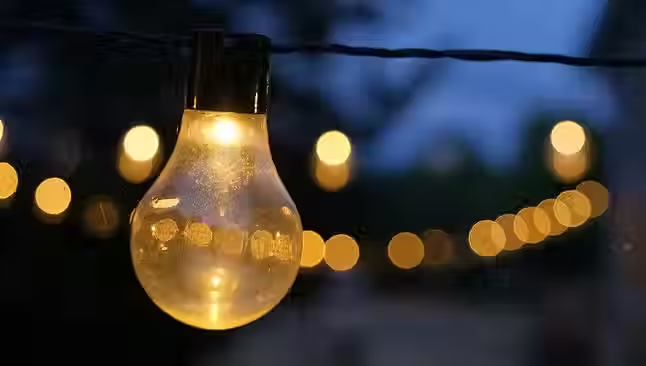
How to choose a right light bulb
The cost-effectiveness of when to turn off lights depends on the type of bulb and the cost of electricity. The type of light bulb you use is important for several reasons, as all light bulbs have a nominal or rated operating life that is affected by how frequently they are switched on and off. Turning off lights when they are not needed can help save energy and reduce costs. (*The energy cost may slightly vary due to inflation.)

Let's break down the costs associated with different types of bulbs according to the Department of
1) Incandescent Bulbs:
- Incandescent bulbs are the oldest and least efficient lighting technology.
- They convert 90% of the energy they use into heat, resulting in wasted energy.
- A 60W incandescent bulb consumes 0.06 kilowatt-hours (kWh) of electricity per hour.
- Operating the bulb for 1,000 hours would result in a consumption of 60 kWh.
- Assuming an electricity cost of $0.11 per kWh, the cost of operating the bulb for 1,000 hours would be $6.60.
2) Halogen Bulbs:
- Halogen bulbs are slightly more efficient than incandescent lights.
- A 43W halogen bulb uses about 25% less energy than a 60W incandescent bulb to produce the same amount of light.
- Operating one halogen bulb for 1,000 hours would cost approximately $4.73.
3) CFL Bulbs:
- Compact fluorescent lights (CFLs) are about 75% more efficient than incandescent bulbs.
- The cost-effectiveness of turning CFLs off depends on their operating life, which is affected by how frequently they are switched on and off.
- A general rule of thumb is to leave a CFL bulb on if you'll be out of a room for 15 minutes or less, and turn it off if you'll be gone for more than 15 minutes.
- Operating a 15W CFL bulb for 1,000 hours would cost around $1.65.
4) LED Bulbs:
- Light-emitting diodes (LEDs) are the most efficient type of bulb.
- The operating life of an LED is not affected by turning it on and off.
- LEDs offer advantages such as instant full brightness, compatibility with occupancy and daylight sensors, and resistance to vibration.
- Operating a 12W LED bulb for 1,000 hours would cost a mere $1.32.
- It's important to note that these cost calculations are based on an assumed electricity cost of $0.11 per kWh. Additionally, electricity prices can vary depending on factors such as customer classes, rate schedules, peak and off-peak rates, and additional service charges or taxes imposed by utilities.


